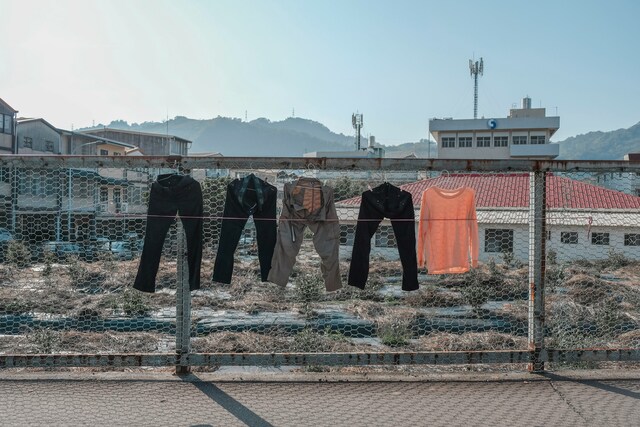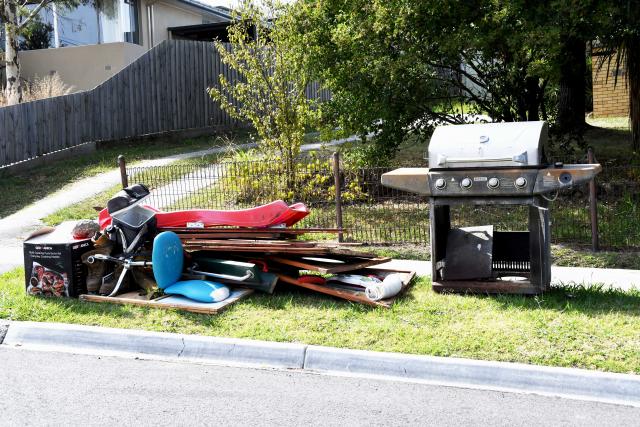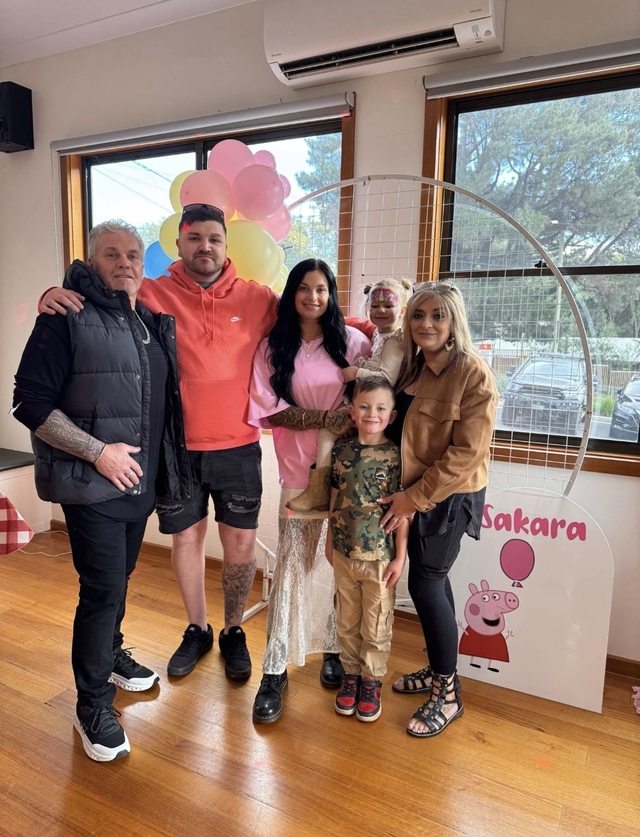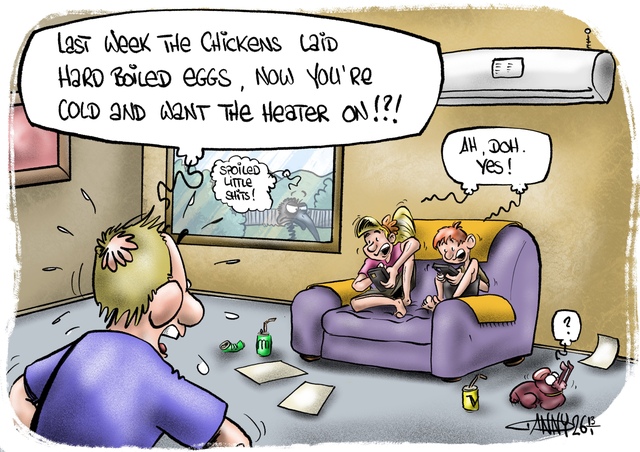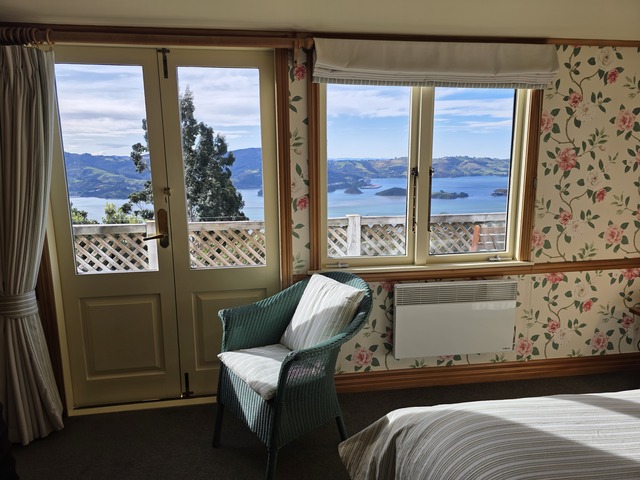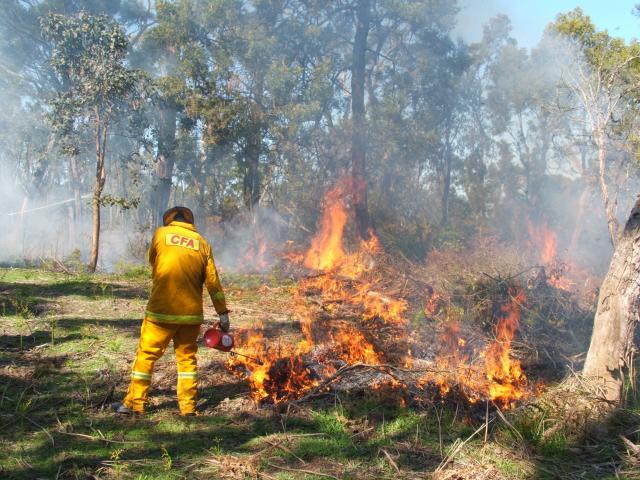This month during ‘Plastic Free July,’ Star Mail dived its focus into everyday wear, with a look at how one Hills’ op shop has seen an influx of clothing garments enter the discarded basket.
Plastic textiles have become part of everything we wear, from ultra-fast fashion garments to designer clothing.
The demand for clothing is astronomical, the research shows an estimated 62 per cent of textiles sold in Australia are made from synthetic fabrics – making it accessible and cheaper to buy.
RMIT School of Fashion and Textile senior lecturer Dr Tamzin Rollason is an expert in sustainable consumption of fashion.
Her research focuses on the use phase of clothing and textiles with a focus on how fashion is sustainable in everyday life and she said on average, Australians are buying 56 new items per year and the rest ends up in landfill.
“The starting point is to understand what we mean by plastic textiles, these are fabrics like polyester and rayon – they appear in lots of clothing as the main textile, they also get used as poly cotton, mixed with wool, silk and linen to make them cheaper to produce and also easier to work with,” Dr Rollason said.
Each year, more than 1.4 billion units of new clothing come onto the Australian market and around 40 per cent of people’s clothing have not been worn for a year or more.
“Around 30 to 40 per cent of garments produced are not sold and end up as ‘dead stock’ that must be disposed of, and we’ve seen unethical returns practices in the industry – such as SHEIN disposing of returns to avoid the logistical hassle and expense of reselling garments,” she said.
Plastic textiles are made from non-renewable fossil fuels, and they often cannot be recycled into new textiles or be broken down.
Fast-fashion industries exist and are thriving because of the use and the availability of plastic textiles.
In the past, there were limits to how much clothing was being produced because there was only so much land, water, people, and animals that were available to make materials like cotton, wool, and silk, but now there’s hardly any limits to making plastic materials.
“There is not enough land to grow enough cotton to meet current clothing demands – especially when competing with land for food production,” she said.
“There’s also this concept which tells us that some of these material efficiencies, some of these ways of reducing our dependency on natural resources means we’re increasing our rates of consumption because they’re cheaper and more efficient to use – increasing our rates of overproduction and over consumption.”
“Nearly one-half per cent of global oil production goes into producing plastic textiles.”
Dr Rollason said it’s a “short loop” to use recycling plastics and turn it into “sustainable clothing” because we don’t have the technology to recycle plastics that are used in clothing and textiles.
“The sustainability of transforming plastics into clothing as a way of recycling and reducing plastics is a little bit questionable,” she said.
It will take some serious effort and big changes to get plastics out of our clothing, and to make this possible, we must take part in slowing down the fashion industry, rather than continuing to accelerate production.
Dr Rollason said it’s quite simple to distinguish the difference between a recycled and a virgin material because most companies will label a product that’s made from recycled plastic.
“It’s considered to be a really important selling point, they don’t go that extra effort and cost without wanting to let you know they’re doing something good – it’s all part of their marketing and sales strategy,” she said.
“We simply do not need so many clothes.”
“Meanwhile, fashion and textile producers need to consider the design of products across their entire lifecycle – beyond sale and consider how it will be used and what becomes of a garment when it is no longer worn.”
Salvos Stores Tecoma store manager Ann Rowley said about 80 per cent of the donated clothes are thrown out due to its unhygienic and poor quality.
“I probably have about 20 per cent that’s good enough to actually use,” she said.
Most of the donations they receive comes from online stores like SHEIN and Princess Polly and other cheap brands like Anko from Kmart.
“I don’t get enough donations from the public, I order about 10 cages from the warehouse – they have 10 bags in each cage that I get that twice a week, which is a lot,” she said.
Dr Rollason said if we want to have a sustainable fashion and textile industry, using and disposing of clothing in a way that is friendly to the environment and ourselves, overhauling the use of plastics must be one of the first things to change.
“People have this mentality where they buy something because it’s so cheap, they don’t feel like you need to hang on to it for long,” she said.
The problem goes beyond the plastic itself, to how it is used.
While some plastic textiles may be appropriate – such as a durable, water-resistant hiking jacket that is worn for decades – items intended for short-term use, like trend pieces, should use biodegradable textiles.
“We need to stop making fashion from plastics that is designed to end up in landfill after a few short wears,” she said.
“You can be more sustainable by thinking about what your clothing and fashion does for you.”
“There’s this idea in sustainable fashion consumption, about dressing for your well-being, that’s thinking about your everyday dressing habits, not about fashion and trends.”
Ask yourself what are the clothes that make you feel good? What do you have in your wardrobe that you’d love? What do you use the most? What makes your life better? – that’s the well-being element of fashion.

